Still-life is an art genre that spans thousands of years, from Ancient Egypte still-life frescoes carver and painted by anonymous artists to sixteenth-century Dutch artists who made still-life painting a legitimate art form and the nineteenth-century French painters that started the Impressionist movement.
Still-life continued to be a popular art form and was revived in the 1950's by artists such as Andy Warhol, Roy Lichtenstein and later on by artists such as Judy Chicago and Keith Haring.
We have selected some of the most famous and influential pieces of still-life art from the early 16th century to the 1960s.

What Are Observational Artists?
An observational artist is an artist who creates works based on direct observation of their subject matter rather than relying on imagination, memory, or photographic references. This type of art is often characterised by a high level of detail and accuracy, as the artist aims to depict the subject as it appears in real life.
| Artist Name | Life Span | Key Contributions | Notable Works |
|---|---|---|---|
| Michelangelo Merisi da Caravaggio | 1571-1610 | Pioneered the Roman still-life movement with a revolutionary approach to chiaroscuro | "Basket of Fruit" (1599), "Still Life with Fruit on a Stone Ledge" |
| Clara Peeters | 1594-1657 | One of the few known female artists of her time; specialized in banquet pieces with remarkable detail | "Still Life of Fish and Cat" |
| Jacob Van Es | 1596-1666 | Known for sumptuous displays of food, tableware, and luxury objects in his still-life paintings | "Banquet Still Life" (1635) |
| Pieter Claesz | 1597-1661 | Master of the vanitas genre, exploring themes of transience and mortality | "Vanitas Still Life" (1625) |
| Louise Moillon | 1610-1696 | One of the few recognised female artists of her time; known for detailed fruit and vegetable still-lifes | "Still Life with a Basket of Fruit and a Bunch of Asparagus" (1630) |
| Francisco Goya | 1746-1828 | Important artist of the Romantic era; depicted complex human emotions and social commentary | "Still Life With Golden Bream" (1808-12) |
| Sarah Miriam Peale | 1800-1885 | American artist known for versatility in genres, particularly still-life compositions | "Still life with watermelon" (1822) |
| Gustave Courbet | 1819-1877 | Played a pivotal role in the Realist movement; known for truthful portrayal of ordinary subjects | "Still Life With Apples and a Pomegranate" (1871-72) |
| Paul Cézanne | 1839-1906 | Influential Post-Impressionist; known for blending life portraiture and still-lifes | "Still Life with Apples and Peaches" (1905) |
| Andy Warhol | 1928-1987 | Leading figure of the Pop Art movement; known for blurring boundaries between high and popular culture | "32 Campbell's Soup Cans" (1962) |
| Jean-Baptiste-Siméon Chardin | 1699-1779 | French painter known for his exquisite still-lifes and genre paintings | "The Ray" (1728), "The Buffet" (1728) |
| Giorgio Morandi | 1890-1964 | Italian painter known for his contemplative still-lifes of simple objects | "Still Life" series |
| Henri Fantin-Latour | 1836-1904 | French painter known for his flower paintings and group portraits of Parisian artists and writers | "Roses" (1870), "Still Life with Flowers and Fruit" (1866) |
| Jan Davidsz. de Heem | 1606-1684 | Dutch painter famous for his lush, detailed still-lifes of fruits and flowers | "Still Life with Flowers in a Glass Vase" |
| Willem Kalf | 1619-1693 | Dutch Golden Age painter known for his rich, opulent still-lifes featuring luxurious items and exotic fruits | "Still Life with Drinking-Horn" (1653) |
What Constitutes Still Life?
The natural world as well as man-made items can be still life subjects. Many of the popular items seen in still life images include flowers, fruit, vegetables, fish, buffets, wine, and furniture. Pretty much anything can be a still life subject, though, and the best still-life artists vary massively in their subjects.
Michelangelo Merisi da Caravaggio (1571-1610)
Caravaggio was an Italian painter known for his revolutionary approach to art. He is celebrated for his mastery of chiaroscuro, a technique that utilized dramatic contrasts between light and shadow to create a striking visual impact. Caravaggio's artworks often depicted religious scenes and were characterized by their intense realism and emotional intensity.
The "Basket of Fruits" was painted around 1599 and stands out in Caravaggio's work as one of only two still-life paintings.

One of the tricks that Caravaggio often used during his career was trompe l'oeil. In this painting, the quasi-photographic realism it displays tricks our eyes and brain into thinking that the fruits are almost popping out of the canvas.
With "Still Life with Fruit on a Stone Ledge", Caravaggio started the Roman still-life movement even though it would take some time for the movement to really kick-off.
Clara Peeters (1594-1657)
Peeters was a Flemish Baroque painter and one of the few known women artists of her time. She specialized in still-life paintings, particularly in the genre of banquet pieces. Peeters' artworks were highly regarded for their remarkable attention to detail, delicate brushwork, and the skillful rendering of objects such as food, tableware, and luxury items.
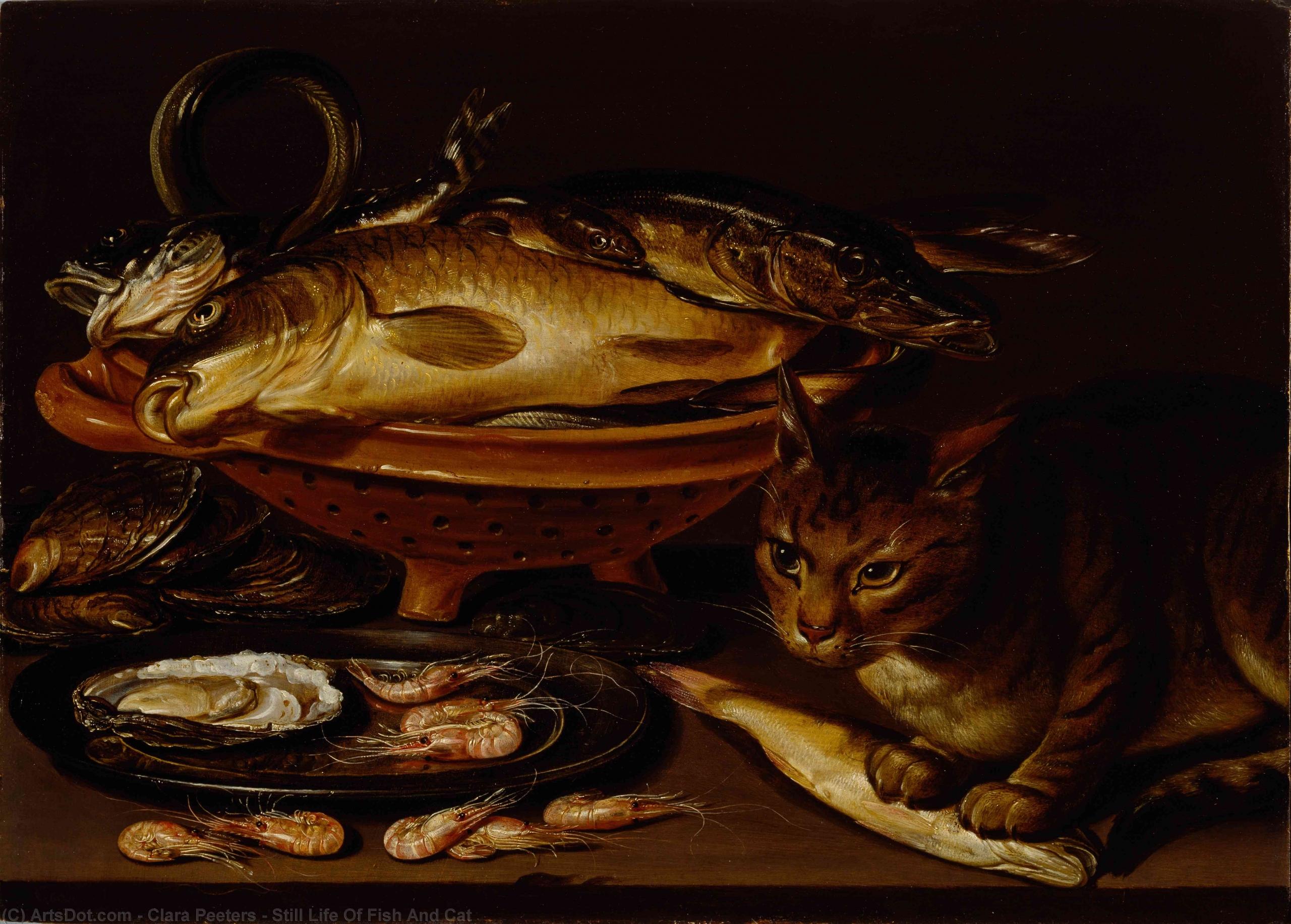
One of her notable works is the "Still Life of Fish and Cat." Painted with remarkable attention to detail and precision, the composition features a selection of freshly caught fish arranged alongside a playful cat. Peeters' adeptness in capturing the textures of the fish, the expressive pose of the cat, and the interplay of light and shadow adds depth and realism to the scene.
Jacob Van Es (1596-1666)
Jacob van Es was a Dutch Golden Age painter known for his still-life paintings. He specialized in the genre of "banketje," which depicted sumptuous displays of food, tableware, and luxury objects. Van Es was highly skilled in capturing intricate details and textures, showcasing his mastery of light and shadow.
One of Jacob van Es' most famous paintings is "Banquet Still Life" (1635). This masterpiece showcases his exceptional skill in depicting sumptuous banquet scenes. In the painting, Van Es meticulously arranges an array of extravagant objects, including luxurious tableware, exotic fruits, and a prized nautilus cup, which was highly valued in the Renaissance period.
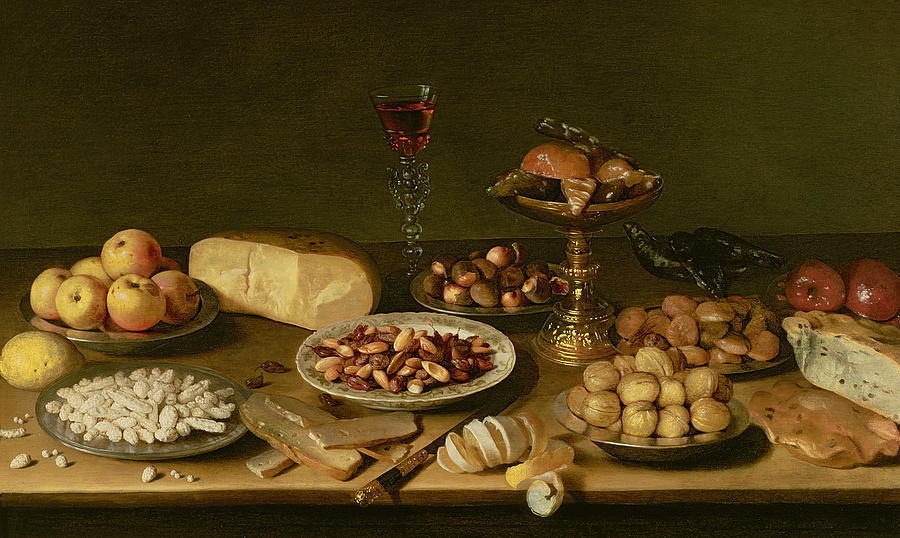

Pieter Claesz (1597-1661)
Claesz was a Dutch Golden Age painter renowned for his still-life works. He is considered one of the masters of the vanitas genre, which explores themes of transience and the fleeting nature of life. Claesz's paintings often featured carefully arranged objects such as skulls, hourglasses, and wilting flowers, symbolizing the inevitability of death and the vanity of earthly possessions.
Claesz created numerous vanitas still-life paintings throughout his career. Vanitas still life was a popular genre in the 17th century that symbolically explored the transient nature of life and the inevitability of death. These compositions often featured objects such as skulls, hourglasses, extinguished candles, and decaying flowers, serving as reminders of the fleeting nature of human existence and the emptiness of material possessions.
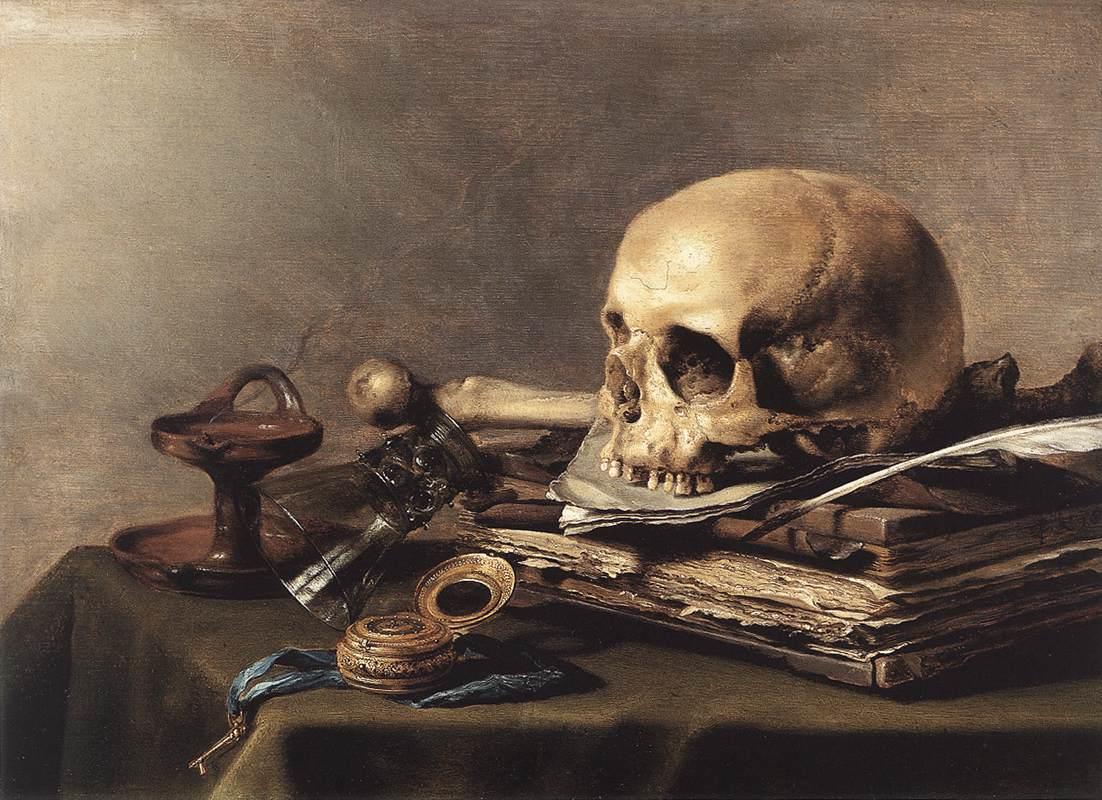
In the painting "Vanitas Still Life" created in 1625, the candle and watch serve as symbolic references to the relentless passage of time, while the presence of the skull and the withering flower evoke the inescapable reality of mortality.
Claesz's vanitas still-life paintings are highly regarded for their meticulous detail, masterful rendering of light and texture, and their ability to provoke contemplation about the brevity of life. The one pictured is painted in 1625.
Louise Moillon (1610–1696)
Louise Moillon was a French Baroque painter known for her exceptional still-life works. She was one of the few women artists of her time to achieve recognition and success. Moillon's paintings often depicted arrangements of fruits, vegetables, and flowers, showcasing her skill in capturing their textures and colors with remarkable precision.
One of Louise Moillon's most famous paintings is "Still Life with a Basket of Fruit and a Bunch of Asparagus" (1630). In this work, she skillfully arranges a variety of fruits, including grapes, pears, and peaches, in a woven basket. The fruits are depicted with exquisite detail, showcasing their textures, colors, and ripeness.
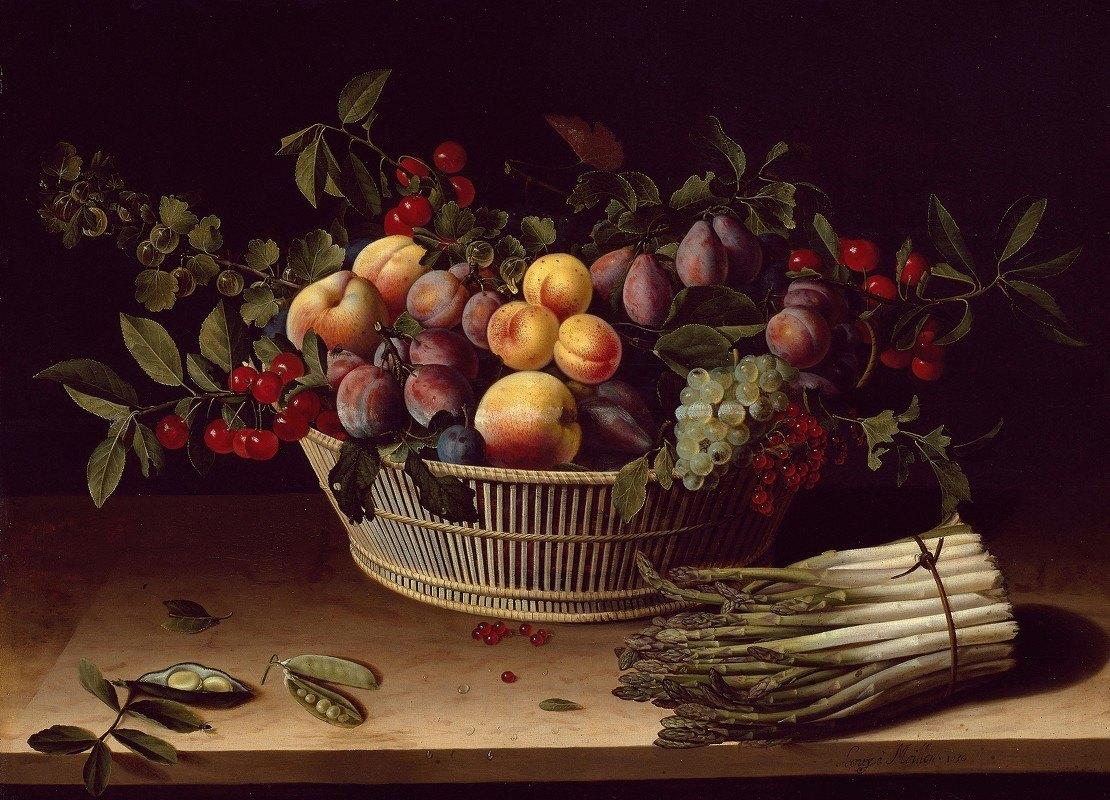
Moillon's attention to light and shadow adds depth and realism to the composition. The painting stands as a testament to her mastery of still-life painting, capturing the essence of abundance and sensory appeal.
Find drawing lessions in UK here...
Francisco Goya (1746-1828)
Francisco Goya was a Spanish painter and printmaker who is considered one of the most important artists of the Romantic era. Goya's work spanned various genres, including portraiture, history painting, and social commentary. He is renowned for his ability to depict the complexity of human emotions and his keen observations of the social and political climate of his time.
One of Francisco Goya's most famous still-life paintings is "Still Life With Golden Bream" around 1808-12. The composition showcases Goya's ability to capture the exquisite details and textures of the subject matter. The focal point of the painting is a vibrant golden bream, skillfully rendered with its shimmering scales and delicate fins.

Surrounding the fish are various objects, including a knife, lemon, and bread, creating a sense of narrative and everyday life. Goya's adept use of light and shadow adds depth and realism to the scene, while his mastery of technique breathes life into the inanimate objects, making "Still Life With Golden Bream" a captivating testament to his artistic prowess.
Sarah Miriam Peale (1800-1885)
Sarah Miriam Peale, born in 1800 and passing away in 1885, was an American artist known for her versatility in various genres, including still-life painting. While she gained recognition primarily as a portrait painter, Peale also showcased her talent and skill in depicting still-life compositions.
Her still-life works often featured carefully arranged objects such as fruits, flowers, and everyday items. Peale's still-life paintings displayed a keen attention to detail and a sensitive approach to capturing the textures, colors, and lighting of her subjects. Through her delicate brushwork and compositional finesse, Peale brought life and vitality to her still-life compositions, showcasing her artistic versatility beyond portraiture.

Gustave Courbet (1819-1877)
Gustave Courbet was a French painter who played a pivotal role in the Realist movement. Known for his bold and often controversial approach, Courbet sought to depict everyday life and rejected the idealized conventions of academic art. His works often tackled social and political themes, capturing the raw realities of his subjects. Courbet's emphasis on the truthful portrayal of ordinary people and landscapes revolutionized the art world and paved the way for modernism.
One of Gustave Courbet's most famous still-life paintings is "Still Life With Apples and a Pomegranate" (1871-72). This masterful still-life composition showcases Courbet's ability to capture the essence of natural objects with remarkable realism. The arrangement consists of apples and a pomegranate, each rendered with exquisite detail and vibrant colors.
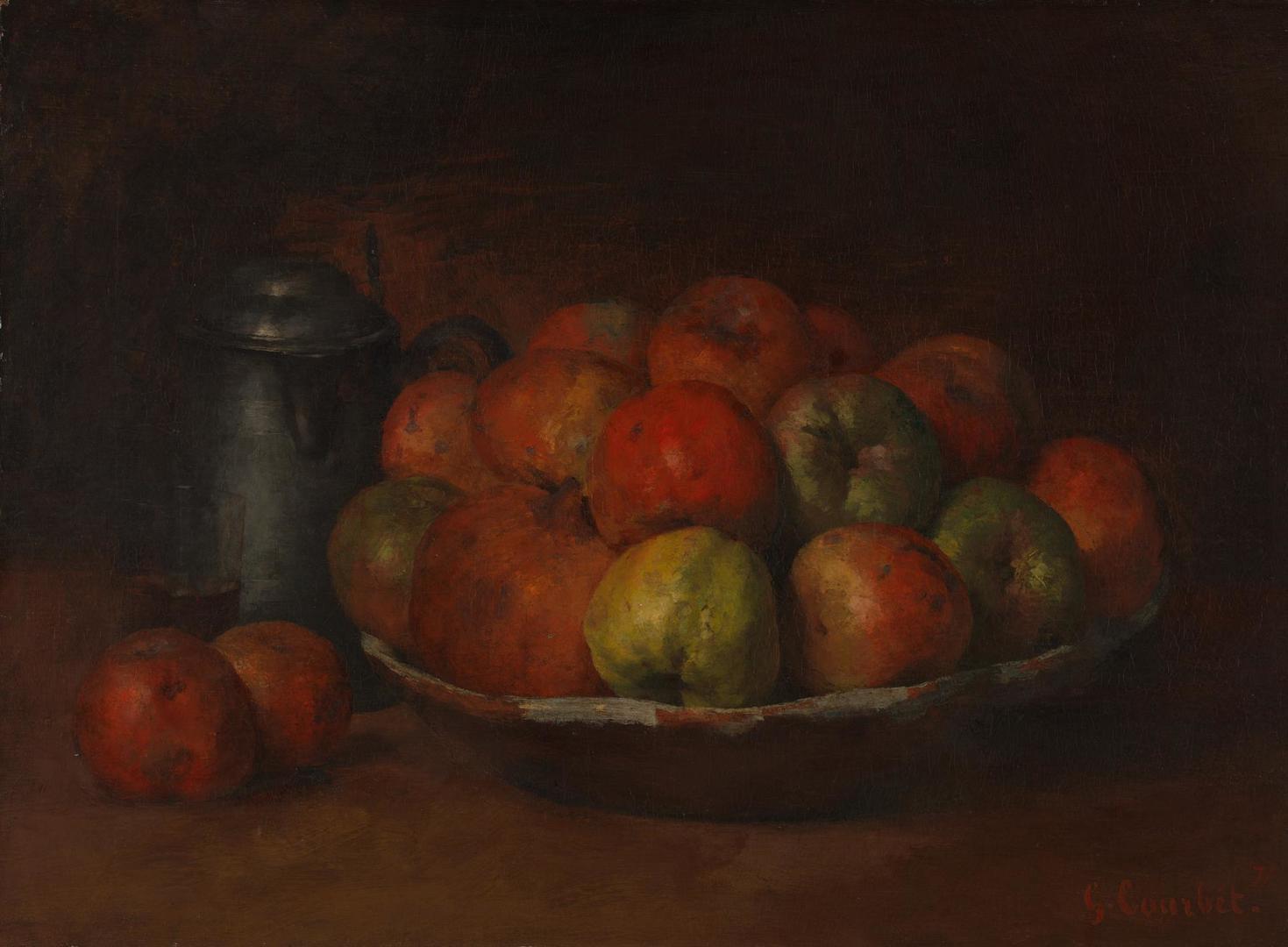
The play of light and shadow adds depth and dimension to the composition. Courbet's meticulous brushwork and attention to textural nuances breathe life into the fruit, inviting viewers to appreciate their tactile qualities. "Still Life with Apples and a Pomegranate" exemplifies Courbet's skill in depicting everyday objects with a sense of heightened realism and aesthetic appreciation.
Find drawing lessons online.
Paul Cézanne (1839-1906)
Paul Cezanne is probably one of the most influential artists of the 19th century. When the Impressionist movement emerged, he gladly joined Pisaro, Renoir and Monet in creating amazing Impressionist landscape paintings and portraits. For most of the 1870's Cezanne stuck to the Impressionist style but even though his paintings were displayed in exhibitions alongside other artists of the movement, Cezanne's work was always something else, not quite entirely Impressionist.
In "Still Life with Apples and Peaches", Cézanne captures the essence of freshly picked fruit. The painting brings to life Cézanne's belief that fruits "love having their portraits done" and tells stories through their scents and origins.

Cezanne's work, for most of his career, was a mix of life portraiture and still-lifes, including landscapes and "nature morte".
Some of his work directly influenced the Post-Impressionist movements including the cubism movement, but as a whole, Cezanne's legacy was to be one of the most revolutionary artists of his time and to alter the course of modern art development. He was set the paths of Vincent Van Gogh, Picasso and Gaughin.
Andy Warhol (1928-1987)
Andy Warhol was an iconic American artist and leading figure of the Pop Art movement. Known for his bold and innovative approach to art, Warhol blurred the boundaries between high and popular culture.
Warhol's work challenged conventional notions of art, embracing mass production, consumerism, and the fascination with fame. Through his unique artistic vision and use of techniques like silk-screen printing, Warhol transformed everyday objects and personalities into powerful symbols of contemporary society, leaving an indelible mark on the art world.
His "32 Campbell's Soup Cansis" probably the most famous still-life masterpiece of the modern era. With this work, Warhol linked both classic techniques such as painting and drawing, with advanced processes.

Each of the 32 Soup Can's outline was first drawn on the canvas using a projector, then the can and label were hand painted, and the lettering was also projected before being painted, and finally, the fleur-de-lys logo was stamped using a recycled rubber eraser.
Today his art is recognised as some great examples of Pop Art and are amongst the most expensive Pop Art masterpieces. One of his "Small Torn Campbell Soup Can" sold for $11,776,000 in 2006 and was the highest price of any of the Campbell Soup Series.

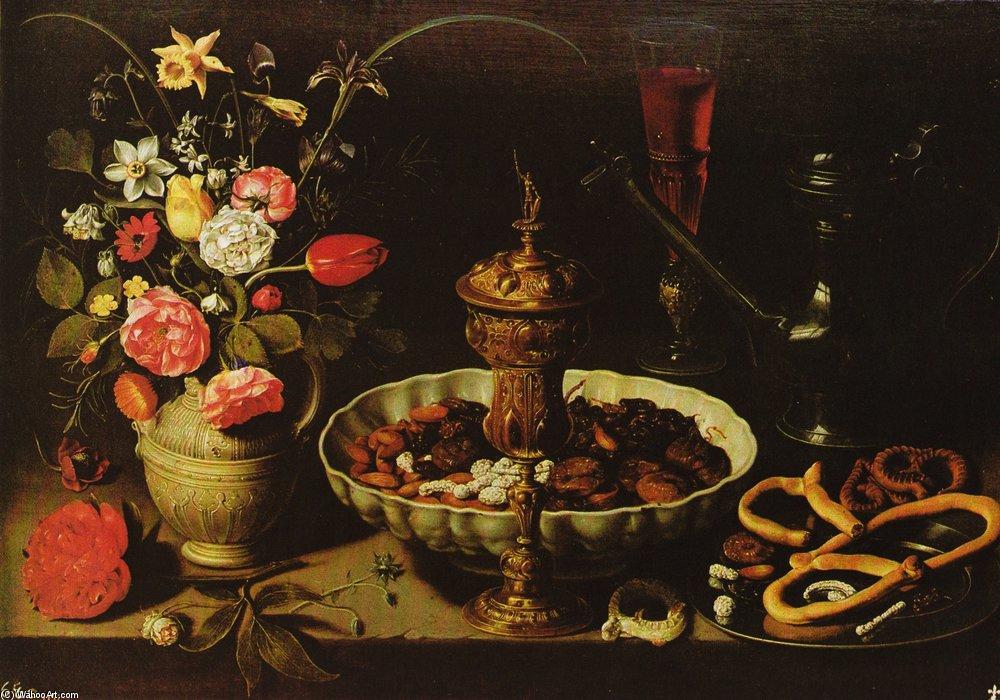

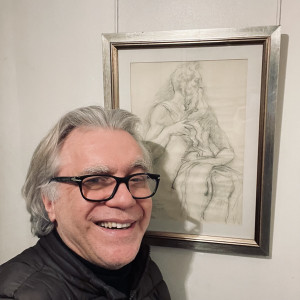












The list you covered of inspiring artist they all are really awesome guy and after reading your blog I am going to definitely search on Google about their design all, thanks for sharing such a precious blog, hope will get the future update in regular basis from your side, highly recommended.
pretty dookie
Job jaild sy jaye plzz help me artist sketch ke job Islamabad ma
Hello! 😊 If you’re looking for an artist sketching job in Islamabad, try reaching out to local art galleries, advertising agencies, or freelancing platforms. You can also showcase your work on social media to attract clients. Best of luck! 🎨✨